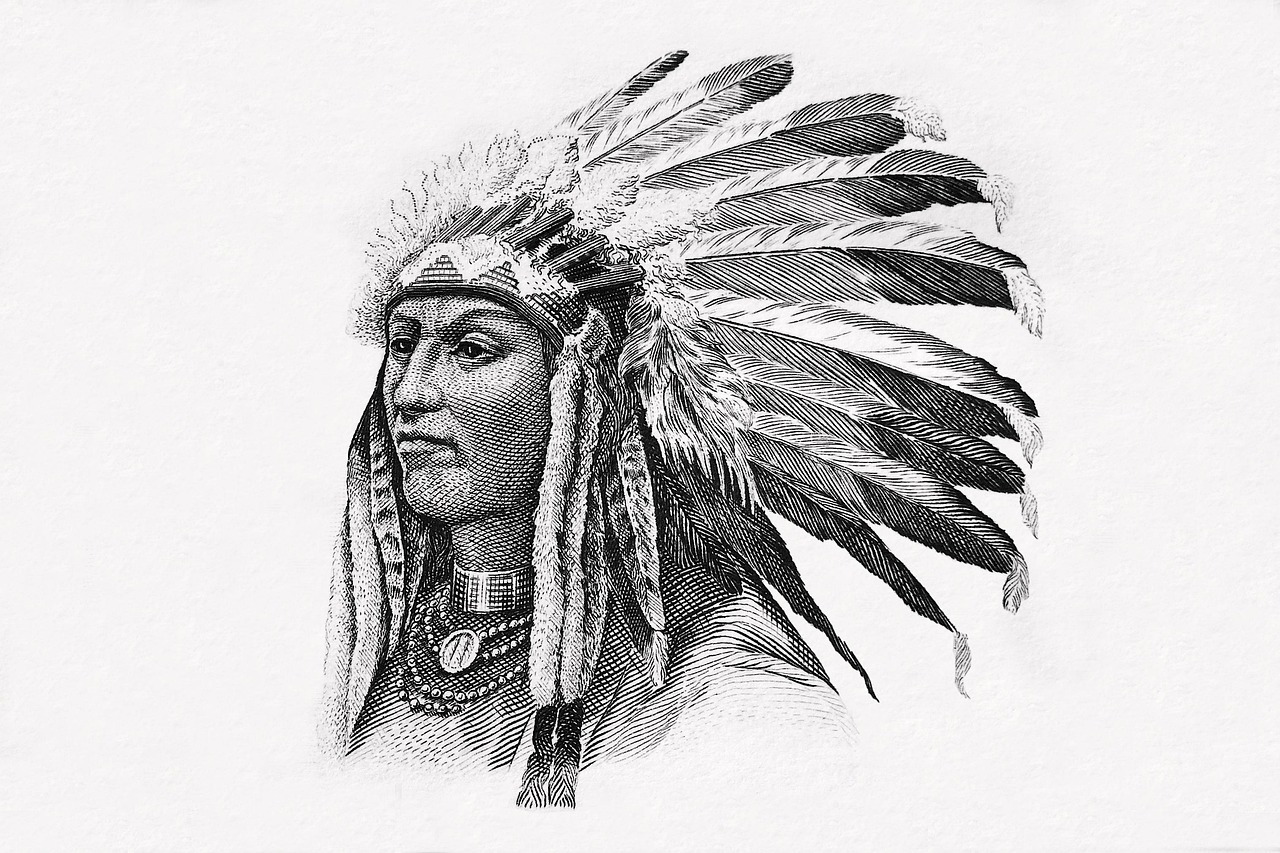When Patterns Tell Stories
In a world without written language, symbols became the universal language of the Indigenous peoples of North America. Each Native American symbol was far more than decoration – it was a carrier of ancient knowledge, spiritual beliefs, and cultural identity. These secret codes transformed everyday objects into storytelling artworks and hid deep wisdom within seemingly simple patterns.
The Spiritual Foundation of Symbolic Language
Everything Is Connected
The fundamental principle behind all Native symbols is the belief that everything in the universe is interconnected. This holistic worldview is reflected in:
- Cyclical patterns: circles, spirals, swirls
- The four directions: squares, crosses
- Natural elements: water, fire, earth, air
Symbolism as a Bridge Between Worlds
For Indigenous artists, symbols were never mere illustrations but living connections to the spiritual world. Drawing a bear symbol was not a depiction, but an invitation to the essence of the bear itself.
Important Groups of Symbols and Their Meanings
Animal Guides
Animal symbols were among the most powerful motifs:
The Bear
- Meaning: Healing, self-reflection, strength
- Use: Medicine bags, ceremonial clothing
- Cultural context: Widespread, especially among Plains and Woodland tribes
The Eagle
- Meaning: Wisdom, courage, divine connection
- Use: Headdresses, crests, ceremonial objects
- Special feature: Feathers as the highest honor
The Turtle
- Meaning: Longevity, patience, earth
- Mythology: Carrier of the world in creation stories
Elemental Forces
Lightning
- Energy, sudden change
- Water waves
- Cleansing, emotions, life
Mountain Silhouettes
- Stability, knowledge, challenge
Geometric Mysteries
Circles and Spirals
- Cycles of life, the sun, perfection
Triangles and Arrows
- Direction, movement, warning
Lines and Dots
- Journeys, connections, stars
Regional Differences in Symbolic Language
Pueblo Pottery (Southwest)
- Style: Abstract geometric patterns
- Colors: Earth tones (red, black, white)
- Meaning: Weather phenomena, agricultural cycles
Plains Pictography (Great Plains)
- Style: Narrative depictions on animal hides
- Themes: Hunting success, war expeditions, visions
- Special feature: Winter counts as historical records
Northwest Coast Formline (Pacific Coast)
- Style: Complex organic shapes
- Motifs: Totem animals, mythological beings
- Craft: Totem poles, blankets, jewelry
Symbols in Everyday Life: Hidden Messages
Clothing and Jewelry
Every pattern on traditional clothing carried a specific meaning:
- Beadwork: Family history, tribal identity
- Quillwork (porcupine quills): Personal achievements
- Colors: Red (blood, life), Blue (sky, spirit), Yellow (sun, growth)
Everyday Objects
Even everyday objects were filled with symbolism:
- Baskets: Weaving patterns reflected prayers
- Pottery: Designs for water, fertility, protection
- Weapons: Symbols of strength and hunting success
Architecture and Living Space
- Tipi paintings: Personal visions, protective symbols
- Hogan (Navajo): Aligned with cosmological principles
- Kiva (Pueblo): Underground ceremonial spaces with symbolic orientation
The Language of Dreams and Visions
Individual Symbolism
Alongside collectively understood symbols, there were personal symbolic expressions from:
- Vision quests: Youth initiations
- Dream interpretation: Individual spiritual experiences
- Medicine bags: Personal protective symbols
Shamanic Symbols
Healers and shamans used special signs for:
- Healing: Spiritual cleansing, plant medicine
- Protection: Repelling evil spirits
- Divination: Foretelling the future
Modern Interpretation and Cultural Appropriation
Respectful Approach
When engaging with Native symbolism, sensitivity is essential:
- Respect cultural meaning
- Avoid commercialization
- Use authentic sources
Contemporary Native Art
Modern Indigenous Artists:
- Preserve traditional symbolism
- Innovate with new interpretations
- Educate about cultural significance
Practical Application Today
Symbol Research
- Museums: Smithsonian, National Museum of the American Indian
- Academic studies: Ethnology, art history
- Tribal archives: Preserving local knowledge
Cultural Education
- Workshops with Indigenous artists
- Books by tribal members
- Documentaries on symbolic languages
Conclusion: Living Symbols of a Resilient Culture
The secret symbols of Native peoples are not a lost mystery, but a living tradition that continues to this day. They remind us of a deep truth: the simplest forms can hold the most complex wisdom.
In a world of superficiality, these symbols invite us to look deeper – not only at art, but at life itself. They teach us that every pattern tells a story, every animal can be a teacher, and every circle reminds us of the eternal interconnectedness of all life.
Further Resources:
- National Museum of the American Indian: Symbol research
- Tribal Arts Magazine: Contemporary Indigenous art
- Indigenous Symbolism Project: Academic studies

